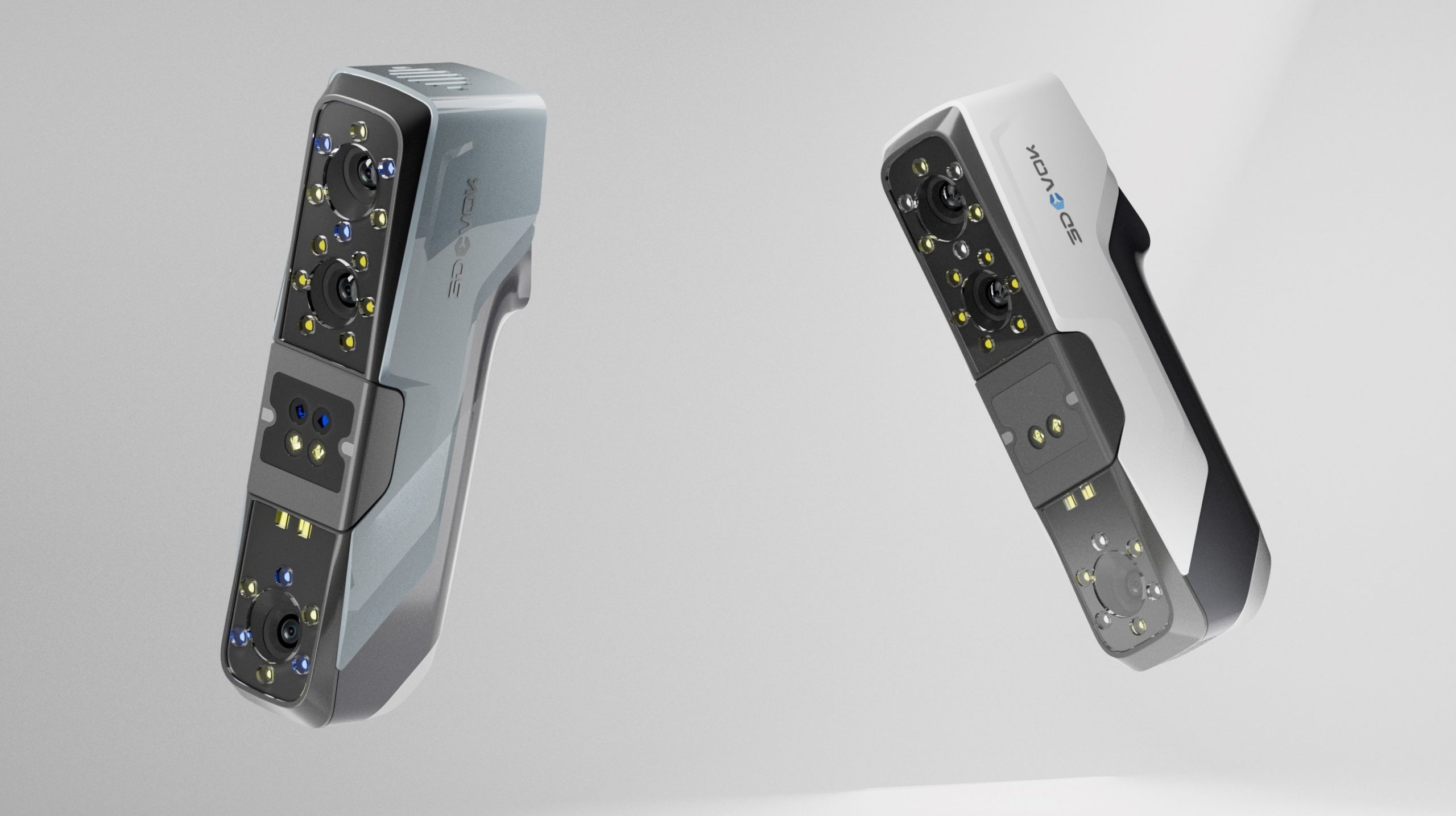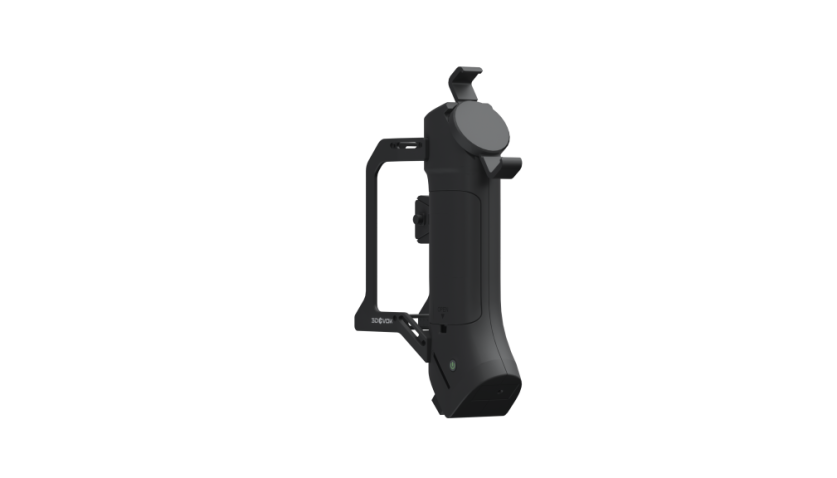Which 3D Scanner Should You Buy? 3DeVOK’s Best 3D Scanners for 2025
03/10/25
In today’s rapidly advancing technology landscape, the choice of a professional 3D scanner can significantly impact your project outcomes. As industries increasingly rely on precise measurements and accurate digital models, understanding the available options is crucial. This article will guide you through the best 3D scanners offered by 3DeVOK in 2025, highlighting the benefits of both blue laser scanners and infrared laser scanners.
Understanding the Professional 3D Scanner
A professional 3D scanner is engineered to capture intricate details of various objects with high accuracy. Utilizing advanced scanning techniques, these devices create precise digital representations that are essential for fields such as engineering, design, and research. The versatility of 3D measurement scanners allows them to be employed in numerous applications, from product development to quality control, ensuring that every detail is captured effectively.
Integrating a professional 3D scanner into your workflow can streamline processes, dramatically reducing the time spent on manual measurements and adjustments. This efficiency not only accelerates project completion but also boosts productivity, which is vital for businesses striving to maintain a competitive edge.
The Advantages of Blue Laser Scanners
Among the various types of 3D scanners, blue laser scanners stand out for their exceptional performance, particularly in demanding applications. These scanners leverage the unique properties of blue laser light to deliver significant advantages. They excel in capturing intricate details with remarkable accuracy, as the shorter wavelength of blue light allows for higher resolution scanning, enabling the detection of finer features and subtle surface variations.
Furthermore, blue laser technology facilitates fast and efficient data capture, allowing these scanners to quickly generate dense point clouds and significantly reducing the time required for scanning complex objects or large surfaces, which is valuable for rapid prototyping and large-scale reverse engineering projects. A key benefit is their excellent material adaptability; blue laser scanners often produce reliable 3D scanning results even with challenging materials such as reflective and black objects, frequently eliminating the need for powder spray or other surface treatments to complete the scanning process, thus saving time and reducing post-processing requirements.
The Role of Infrared Laser Scanners
Infrared laser scanners leverage the properties of infrared light to excel in challenging environmental conditions. Their primary advantage lies in their superior ambient light rejection, as the infrared wavelength is largely outside the spectrum of typical ambient lighting interference. This makes them exceptionally reliable for capturing accurate surface details in environments with fluctuating or uncontrolled lighting, such as outdoors or in industrial settings.
Furthermore, infrared lasers demonstrate significant material adaptability, particularly when scanning objects featuring highly reflective or brightly colored surfaces (e.g., yellow, red) that can often cause issues for other technologies. This adaptability ensures robust signal acquisition and contributes to the overall geometric accuracy of the 3D scan, while also being conducive to accurate color data capture when integrated with compatible imaging systems, preserving the fidelity of the original object’s appearance.
The Function of Infrared Speckle Technology
Leveraging Infrared Speckle technology offers significant advantages for large-scale scanning tasks. This method effectively combines infrared structured light with speckle patterns to enable rapid capture of extensive surfaces. It is particularly well-suited for applications like full-body scans, partial-body digitization, and the creation of 3D models for medium-to-large sculptures. Furthermore, this technology facilitates long-range and wide-area scanning, overcoming the distance limitations often encountered with traditional scanning methods, making it convenient for capturing objects with dimensions of 30cm or greater.
A key benefit is its marker-free operation; the inherent principle of speckle scanning eliminates the need for placing targets or relying on marker-based registration, streamlining the process and making it ideal for capturing complex forms such as human bodies and artistic sculptures directly.
Choosing the Right 3D Scanner
When selecting a professional 3D scanner, it’s crucial to align the device with your specific project requirements. For tasks involving dark materials or demanding high precision, a blue laser scanner is often the superior choice. On the other hand, if your work environment frequently experiences variable lighting conditions, an infrared laser scanner may offer the reliability you need.
Consider the versatility of the scanner as well. The 3DeVOK MT professional 3d scanner, for instance, is a highly adaptable model that integrates multiple scanning technologies. It features three distinct light sources: 34 blue laser lines, 22 infrared laser lines, and a large-area infrared speckle pattern. This combination allows it to excel in a wide array of applications, making it a valuable investment for diverse projects.
Alternatively, the 3DeVOK MQ scanner is equipped with two advanced light sources: a 22-line infrared laser and an infrared speckle pattern with a double Field of View (FoV). This configuration makes it particularly suitable for projects that benefit from enhanced depth perception and a broader scanning area.
Both the 3DeVOK MT and 3DeVOK MQ offer unique advantages, so the choice between them will depend on the specific needs of your projects and the environments in which you typically work.
Conclusion
In conclusion, selecting the right 3D scanner can greatly enhance your productivity and accuracy across various applications. With advancements in professional 3D scanners, including blue laser scanners and infrared laser scanners, businesses can achieve exceptional levels of precision and efficiency. At 3DeVOK, we are committed to providing innovative scanning solutions that empower our clients to excel in their respective fields. By embracing these technologies, companies can remain competitive and meet the demands of a rapidly evolving marketplace. Explore our range of options and discover which 3D scanner is the best fit for your needs in 2025.
Related Articles
View Our Product






